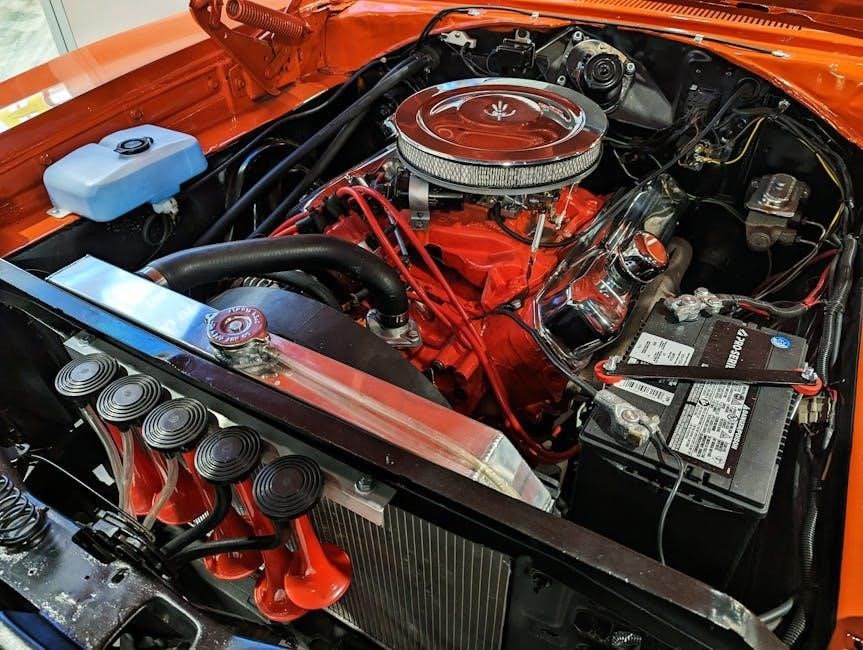Overview of 66 Block Wiring System
The 66 block wiring system is a type of telephone distribution panel that is used to connect and organize telephone lines in a building. This system consists of a 66 block, which is a plastic or metal panel with a series of clips and connectors that allow telephone lines to be attached and routed to different locations. The 66 block wiring system is commonly used in residential and commercial buildings, and is particularly useful for installations that require a large number of telephone lines. The system is also highly flexible, allowing for easy additions and changes to be made as needed. Using a 66 block wiring system can help to simplify the process of installing and maintaining telephone lines, and can also help to improve the overall reliability and performance of the system. The 66 block wiring system is an essential component of any telephone installation, and is used to connect telephone lines to phones, computers, and other devices.

Types of 66 Blocks
Configuration and Sizes of 66 Blocks
The configuration and sizes of 66 blocks vary to accommodate different needs, with options ranging from 25 to 200 pairs, and are typically used in telephone distribution panels.
The 66M block is a commonly used type, and its size and configuration depend on the specific application and the number of lines being connected. The size of the 66 block will also depend on the amount of space available for installation, as well as the number of telephone lines that need to be connected.
In addition, the configuration of the 66 block may also depend on the type of telephone system being used, and whether it is for residential or commercial use.
By understanding the different configurations and sizes of 66 blocks, it is possible to choose the right one for a specific application and ensure that the telephone wiring system is installed correctly.
This is important for ensuring reliable and efficient communication, and for minimizing the risk of errors or faults in the system.

Components of a 66 Block Wiring System
The 66 Block Itself
The 66 block itself is a plastic or metal panel with a series of holes and clips that allow wires to be easily terminated and connected.
It is typically mounted on a wall or in a wiring closet and is used to distribute incoming phone lines to various parts of a building or residence.
The 66 block is an older style of telephone distribution panel, but it is still widely used today due to its simplicity and reliability;
It is often used in residential and small business applications, and is particularly useful for connecting multiple phone lines to a single location.
The 66 block is a crucial component of a 66 block wiring system, and is used in conjunction with other equipment such as punchdown tools and wire connectors to create a complete and functional telephone distribution system.
Punchdown Tool and Its Importance
The punchdown tool is used to secure wires to the 66 block, and is an essential component of the wiring process.
It works by punching down the wire into a small hole on the 66 block, creating a secure and reliable connection.
The punchdown tool is typically a small, handheld device that is specifically designed for use with 66 blocks and other types of telephone distribution panels. The punchdown tool is also used to connect wires to other devices, such as alarms and other telephone equipment, and is a vital part of any 66 block wiring system. The punchdown tool is a simple, yet essential piece of equipment that is used to complete the wiring process.

Wiring a 66 Block
Instructions for Wiring a 66 Block with a 4-Line Bridge
To wire a 66 block with a 4-line bridge, start by identifying the incoming telephone lines and the RJ-11 connectors for each side. Using a punchdown tool, connect the wires to the 66 block, following the panel configuration for the particular type of 66 block being used. The 66M block is the most commonly used, and it is essential to have a high-quality 66 block that meets specific needs. The wiring process involves connecting the wires to the alarms and other devices, which may require a punchdown tool. A 66 block wiring diagram serves as a reference tool, providing a visual representation of how each wire should be connected, ensuring accuracy and efficiency in the installation process. By following the instructions and using the correct tools, it is possible to wire a 66 block with a 4-line bridge successfully, making it easier to distribute incoming phone lines to all the phone jacks in a home or office. This process requires attention to detail and careful planning.
Connecting Wires to Alarms and Other Devices
Connecting wires to alarms and other devices is a crucial step in the 66 block wiring process. This involves using a punchdown tool to securely connect the wires to the devices, ensuring a reliable and efficient connection. The process requires careful planning and attention to detail to avoid errors and ensure that the wires are connected correctly. It is essential to follow the manufacturer’s instructions and guidelines for connecting wires to specific devices, such as alarms and other equipment. Using the correct tools and techniques, such as the punchdown tool, helps to prevent damage to the wires and devices. Additionally, it is important to test the connections to ensure that they are working correctly and make any necessary adjustments. By following these steps, it is possible to successfully connect wires to alarms and other devices, completing the 66 block wiring process and enabling reliable communication and functionality. This step is critical to the overall success of the wiring project.
